Table of Contents
- Introduction: What Makes Szechuan Pork So Special?
- Tip #1: The Holy Trinity of Szechuan Spices
- Tip #2: Balance is King – Sweet, Salty, Sour, and Numb
- Tip #3: Don't Skip the Marination – Flavor is in the Flesh
- Tip #4: Wok Technique – Heat, Swirl, Sizzle!
- Tip #5: Garnish with Gusto – The Final Flavor Flourish
- Spice Showdown: Regional Twists on Pork Szechuan Style
- Conclusion: Become Your Own Spice Sorcerer
- Frequently Asked Questions
Introduction: What Makes Szechuan Pork So Special?
This guide delivers professional-level Szechuan pork techniques specifically for intermediate home cooks who've mastered basic Chinese cooking but struggle to replicate authentic restaurant results. Unlike generic recipe blogs, we focus on the precise chemical interactions that create Szechuan cuisine's signature mala (numbing-spicy) sensation.
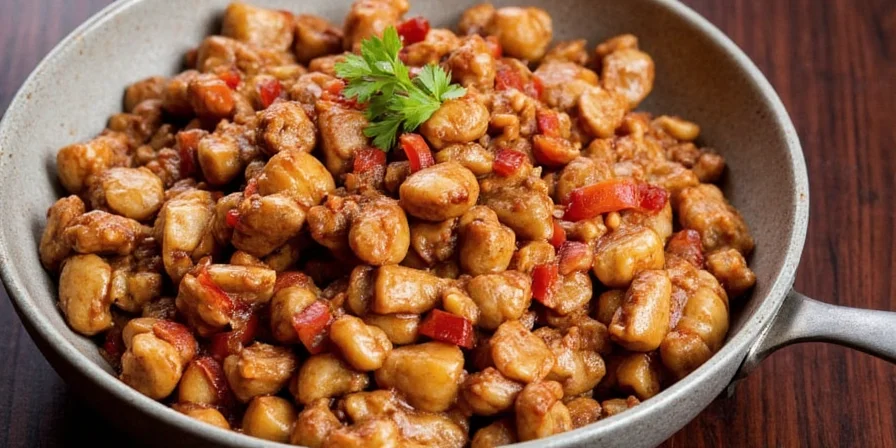
Understanding why certain techniques work transforms your cooking from trial-and-error to precise culinary science. We'll examine how hydroxy-alpha-sanshool in Sichuan peppercorns interacts with capsaicin receptors, creating that distinctive tingling sensation impossible to achieve with standard chili peppers alone.
Tip #1: The Holy Trinity of Szechuan Spices
Authentic Szechuan flavor relies on three elements working in precise chemical harmony. This isn't just about ingredients—it's about their molecular interaction when heated.
- Sichuan Peppercorns: Toasting releases volatile compounds that create the tingling sensation. Different varieties (red vs. green) activate different nerve endings—red creates spreading numbness while green produces localized tingling.
- Dried Red Chilies: The Maillard reaction during stir-frying creates new flavor compounds. Whole chilies fried in oil release capsaicin gradually, preventing bitterness from overheated chili flakes.
- Ginger: Its zingiberene compounds counteract excessive heat while enhancing umami perception through trigeminal nerve stimulation.
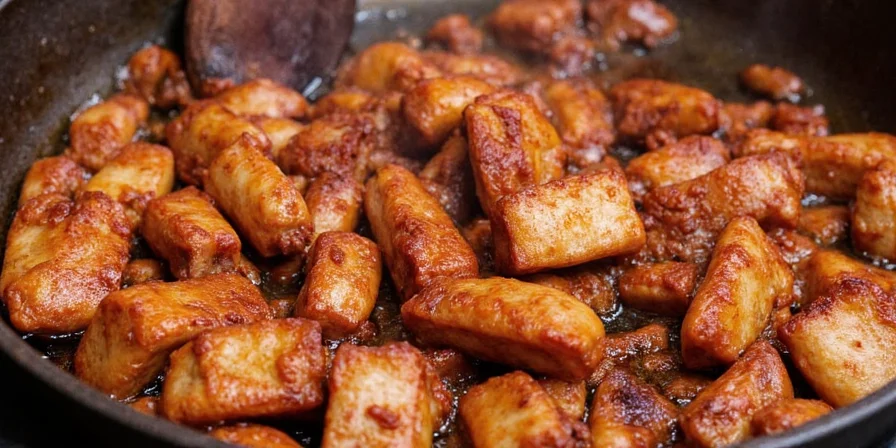
Tip #2: Balance is King – Sweet, Salty, Sour, and Numb
True Szechuan mastery requires understanding how flavor compounds interact at a molecular level. This goes beyond simple taste balancing to address how compounds affect sensory perception.
| Flavor Note | Molecular Mechanism | Practical Application |
|---|---|---|
| Sweet | Sucrose molecules bind to capsaicin, reducing heat perception | Add sugar before chilies to create protective coating on proteins |
| Salty | Sodium ions enhance glutamate receptor sensitivity | Use fermented black beans for complex saltiness with natural MSG |
| Sour | Acid lowers pH, changing capsaicin solubility and perception | Add vinegar after cooking to preserve bright acidity |
| Numb | Hydroxy-alpha-sanshool activates mechanoreceptors, not pain receptors | Add peppercorns late to preserve volatile compounds |
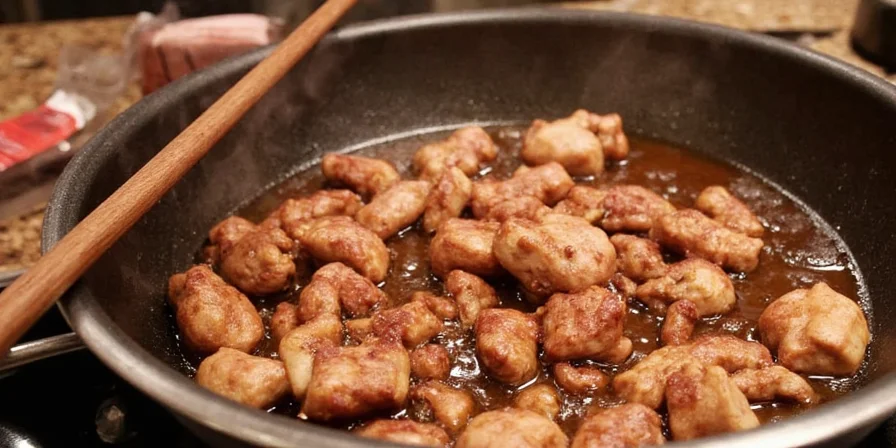
Tip #3: Don't Skip the Marination – Flavor is in the Flesh
Effective marination isn't just about time—it's about understanding protein chemistry. The cornstarch in traditional marinades creates a protective layer that prevents moisture loss during high-heat cooking through starch gelatinization.
- Shaoxing wine breaks down muscle fibers through alcohol denaturation without making meat mushy
- pH balance matters: A slightly alkaline marinade (using baking soda) improves water retention
- Time science: 20 minutes allows surface penetration; overnight marination risks texture degradation from enzyme activity
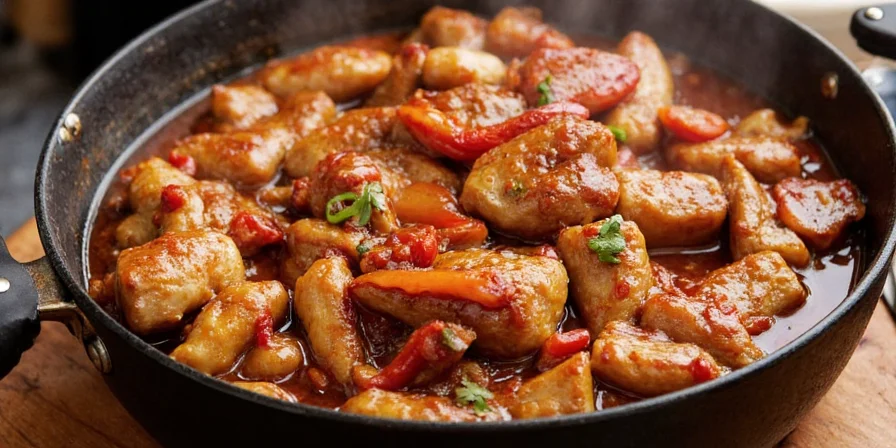
Tip #4: Wok Technique – Heat, Swirl, Sizzle!
Professional results require understanding the Leidenfrost effect—when a liquid creates a vapor barrier upon contact with an extremely hot surface. This explains why properly preheated woks prevent food from sticking.
- Optimal temperature range: 350-400°F (177-204°C) for protein searing without burning spices
- Oil selection matters: Peanut oil's high smoke point preserves delicate spice aromatics
- The "wok hei" (breath of the wok) comes from controlled combustion of food particles in extremely hot oil
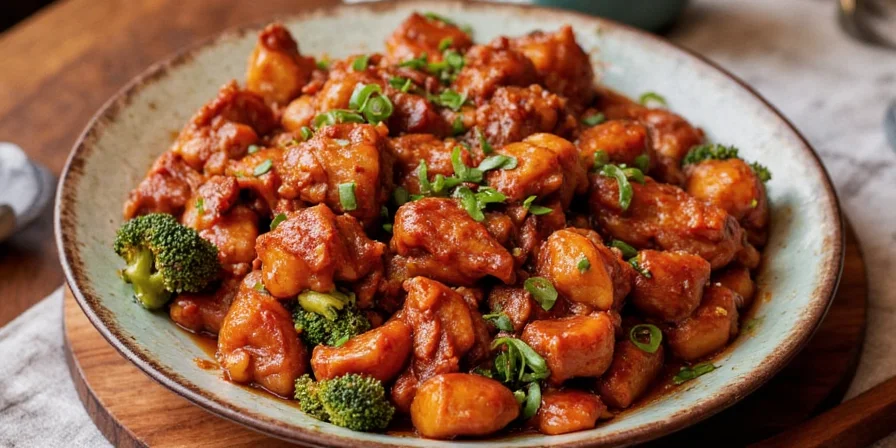
Tip #5: Garnish with Gusto – The Final Flavor Flourish
Garnishes aren't just visual—they're sensory reset buttons. Each component serves a specific physiological purpose in the dining experience.
- Toasted sesame seeds: Their lignans provide antioxidant properties that counteract spice-induced inflammation
- Fresh cilantro: Contains compounds that neutralize certain spice metabolites, cleansing the palate
- Rice vinegar: Lowers oral pH, altering capsaicin solubility and reducing lingering heat
- Extra crushed Sichuan peppercorns: Added at the end preserves volatile sanshools that would evaporate during cooking
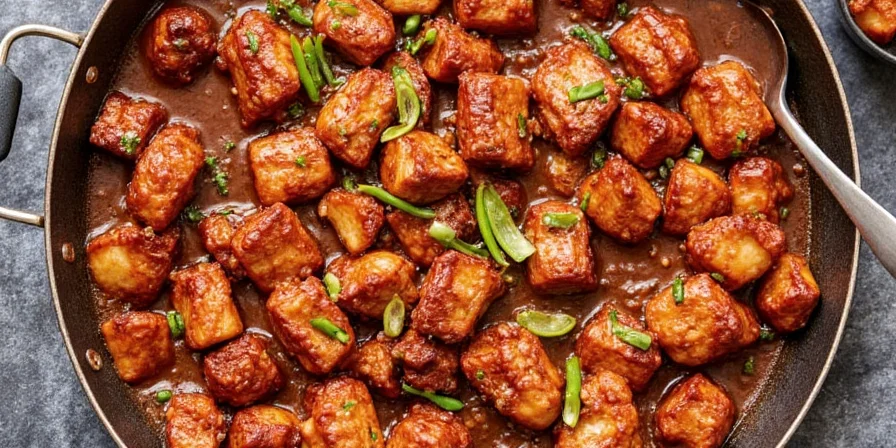
Spice Showdown: Regional Twists on Pork Szechuan Style
Regional adaptations reveal fascinating culinary evolution. Our analysis examines how local ingredients interact with Szechuan's core flavor compounds:
| Region | Scientific Adaptation | Flavor Chemistry Change | Heat Perception |
|---|---|---|---|
| Szechuan, China | Precise balance of sanshool and capsaicin | Complex volatile compounds from fermented beans | 8 (numbing dominant) |
| Malaysia | Tamarind's acidity alters capsaicin solubility | Lemongrass citral counters heat perception | 7 (sour-spicy) |
| Mexico | Smoked chilies create different capsaicinoids | Lime acidity affects sanshool stability | 6 (earthy heat) |
| Italy | Olive oil changes spice compound extraction | Herbs introduce competing flavor molecules | 5 (muted heat) |
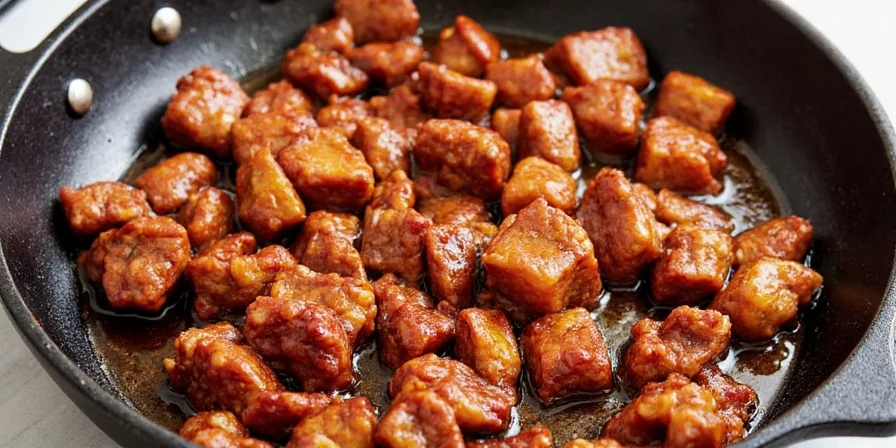
Conclusion: Become Your Own Spice Sorcerer
Mastering Szechuan pork requires understanding the science behind each technique. By recognizing how ingredients interact at a molecular level, you gain control over the sensory experience you create.
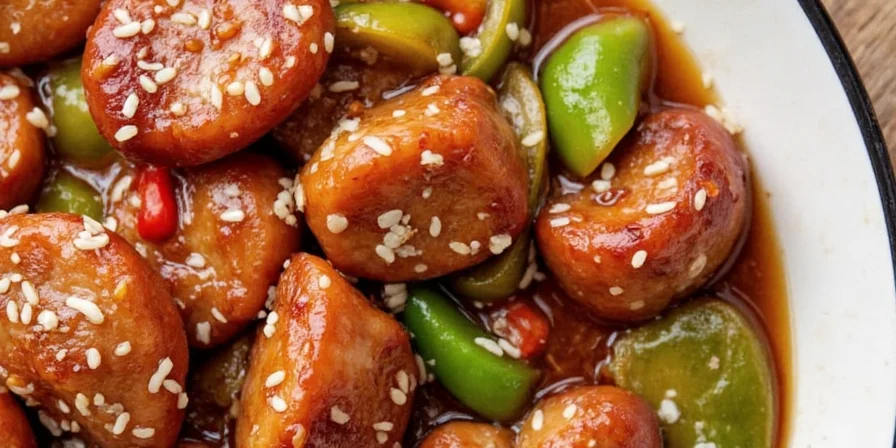
This approach moves beyond recipe replication to culinary innovation. When you understand why certain techniques work, you can adapt them to your kitchen equipment and ingredient availability while maintaining authentic flavor profiles.
Remember: The ultimate goal isn't perfect replication of restaurant dishes, but developing the knowledge to create your own signature Szechuan experiences that delight your specific audience.
Frequently Asked Questions
Why does my Szechuan pork turn out greasy despite following the recipe?
Greasy results typically occur when the wok isn't sufficiently preheated. At optimal temperature (350-400°F), the Leidenfrost effect creates a vapor barrier between food and oil, preventing excessive oil absorption. Test your wok temperature by sprinkling water droplets—if they dance and evaporate instantly, you're ready. Also, ensure your oil has reached its smoke point before adding ingredients.
How can I reduce the numbing sensation without losing authentic flavor?
Adjust the ratio of red to green Sichuan peppercorns—red creates spreading numbness while green produces localized tingling. Toast peppercorns briefly to reduce potency (heat degrades hydroxy-alpha-sanshool). Alternatively, add a small amount of sugar during cooking, as sucrose molecules bind to sanshool compounds, reducing their interaction with nerve receptors.
Can I substitute regular black pepper for Sichuan peppercorns?
No—this creates fundamentally different sensory experiences. Black pepper's piperine activates different receptors than Sichuan peppercorns' hydroxy-alpha-sanshool. For closest approximation, combine 1/2 teaspoon regular black pepper with 1/4 teaspoon white peppercorn and a pinch of sansho powder (Japanese pepper), but note this still won't replicate authentic mala sensation.
Why does my marinade make the pork mushy?
Excessive marination time (beyond 24 hours) allows enzymes in Shaoxing wine to over-break down muscle fibers. For optimal texture, marinate for 20-120 minutes at room temperature. If using baking soda in your marinade, never exceed 1/4 teaspoon per pound of meat, as alkalinity accelerates protein degradation.
What's the secret to achieving "wok hei" (breath of the wok) at home?
Professional wok hei requires extremely high heat (800°F+) that home stoves can't achieve. Compensate by: 1) Using the hottest burner setting, 2) Working in small batches, 3) Adding a splash of Shaoxing wine when ingredients hit the wok to create controlled combustion, 4) Using a carbon steel wok preheated until smoking. The characteristic smoky flavor comes from controlled burning of food particles in oil vapor.
How do I prevent my garlic and ginger from burning during high-heat cooking?
Add aromatics after your dried chilies have infused the oil but before adding main ingredients. The brief delay allows oil temperature to drop slightly (from 400°F to 350°F), preventing scorching while still extracting maximum flavor. Alternatively, cut ginger into thicker matchsticks—they take longer to burn than minced ginger.

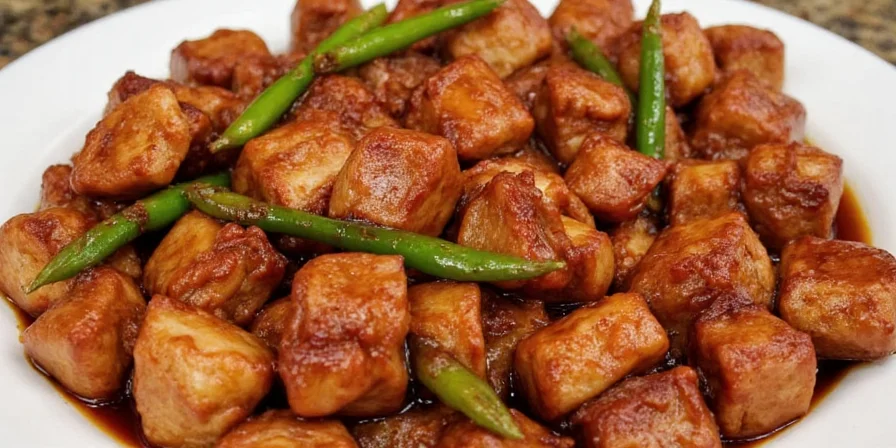









 浙公网安备
33010002000092号
浙公网安备
33010002000092号 浙B2-20120091-4
浙B2-20120091-4